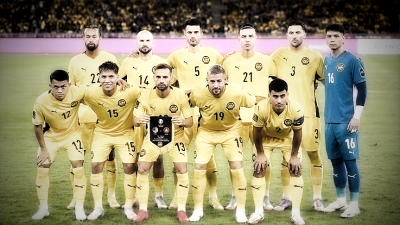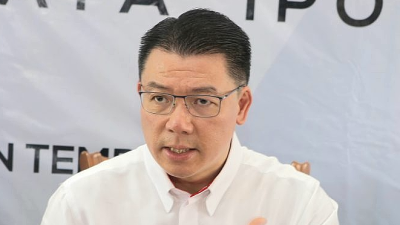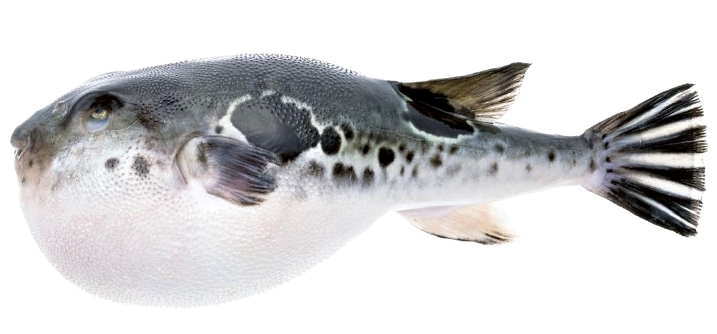
By Lee San
A travel friend told me: I heard about "fugu" (pufferfish), and that it's good for health. But because it's also poisonous, I won't dare to try.
Indeed, during the Shogunate Era around 270AD, there were reports of samurais dying after eating fugu. As such, at the end of the 16th century, General Toyotomi Hideyoshi banned the consumption of fugu. However, people living in Yamaguchi prefecture in Kyushu still took fugu even though they knew they could get killed, simply because it was so delicious.
In October 1868 at the start of the Meiji Restoration, the Japanese people quietly began to eat fugu under the new Emperor. Nevertheless, due to shortage of chefs capable of handling fugu professionally, many people were poisoned to death after eating the fish. Consequently, the Meiji government tightened its control on the consumption of fugu.
The thing is: the fugu's liver is intensely toxic, and a person could be killed within 10 to 30 minutes after ingesting the toxin by accident, if he or she is not rushed to the hospital.
Having said that, the proteins in fugu are of exceptional medicinal value, and you can be sure that the courageous Japanese people are not going to give up such a wonderful godsent delicacy.
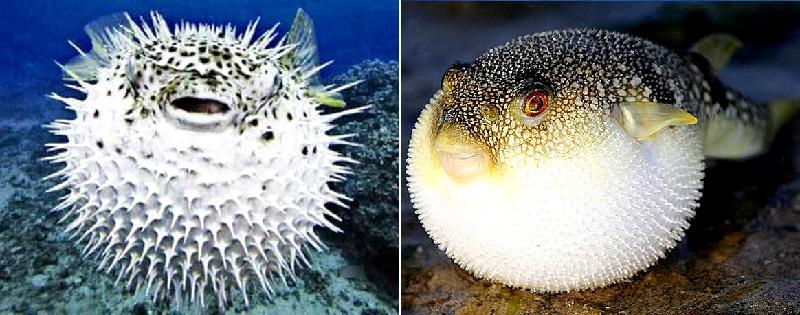
Hirobumi Ito, who became Japan's first prime minister in December 1885, and later served in that office for a total of four terms, tried for the very first time the fugu hot pot specially prepared for him by Fujino-san at Shunpanro restaurant in his native Yamaguchi prefecture, and was overwhelmingly impressed.
Later, prime minister Ito insisted that everyone should try this wonderful gastronomic gift from Heaven. In 1888, he lifted the ban on the consumption of fugu, and naturally Shunpanro became the primary base for the preparation of fugu ryori.
Nevertheless, other prefectures and cities could not keep up with Yamaguchi due to the lack of demanding skills in fugu preparation. However, Hyogo and Osaka prefectures also lifted the ban on fugu consumption in 1918 and 1941 respectively.
Additionally, the 53-year-old prime minister also banked on the superior status of Shunpanro to promote fugu internationally.
The 29-day negotiation over the Treaty of Shimonoseki, one of the century's most monumental historical events between Japan and China, was held right here at Shunpanro in 1895. And prime minister Ito served fugu to the 72-year-old chief negotiator from China's Qing dynasty Li Hongzhang and his delegation. Unfortunately, Li declined the goodwill for fear of poisoning.
Li and his delegation were actually aware that fugu was such a precious premium culinary treat. Notably, during the course of the negotiation, Li was shot at the left cheek in the street by rebel Toyotaro Koyama. Because of that, the Meiji government had to apologize to the Qing dynasty government.
Coincidentally, on June 16, 1909, Ito again enjoyed his favorite fugu hot pot at Shunpanro, and the following day, he boarded a ship to the Korean peninsula and onward to Dalian in China. He eventually arrived at Harbin railway station on June 26, but was unfortunately killed there by Korean nationalist An Jung-geun.
Actually, Ito himself objected to the colonization of Manchukuo by Japan, but he couldn't do anything to change that. His assassination was just about ten days after he ate fugu for the very last time.
Today, whenever the Japanese enjoy a fugu feast, they may be reminded of Ito, I guess.
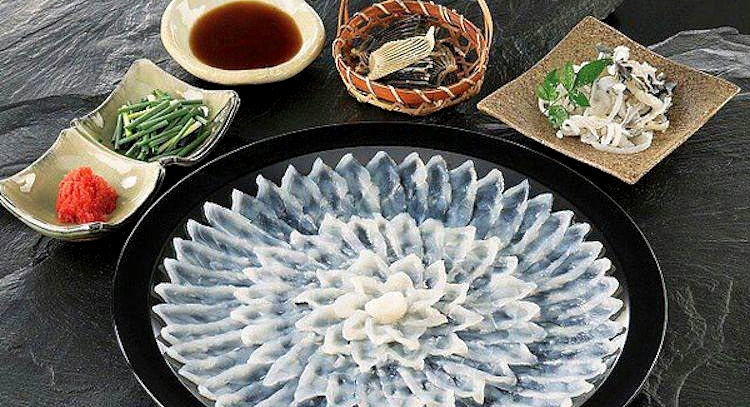
While fugu has slowly become a unique delicacy that ordinary citizens can conveniently enjoy today, the dish is only available for dine-in customers at specialized fugu restaurants. Most of these shops offer five different ways of enjoying the fish, namely vinegar shredded fish skin; thin sashimi slices; deep fried fish fillet; hot pot with fish meat, fish bone, cabbage, tofu and kombu; and fugu rice porridge with egg and seaweed. Ito once said: It's a heavenly food all Japanese people must enjoy together.
During the last Fukui tour led by me and renowned food critic Chua Lam, Chua made a special arrangement for the group members to go to Hamato Fugu Restaurant at Kuroshio Market in Osaka for lunch.
What impressed me most was that they even demonstrated how to kill a live fugu outside the shop. Many began to worry whether the toxin from the fish would splash all over.
Chua answered: Never! They are all seasoned fugu craftsmen! He went on playfully: Look at the sperm of fugu. The gentlemen here should try the fugu sperm wine later, no fishy smell at all! It'll make you strong tonight, huh! Indeed, the ladies in our group all appeared very satisfied when they were sitting on the bus the following morning.
As a matter of fact, most gluttons are not afraid of the toxin at all, and they especially like to challenge the inner soft skin at the liver and stomach, chopped very fine and seasoned with green onion vinegar and a special Japanese condiment. Heavenly! It's no risk, no gain, really!
Pufferfish rearing has become a high-value aquacultural industry today. Nevertheless, in Yamaguchi prefecture which has so far produced eight Japanese prime ministers including Hirobumi Ito, Eisaku Sato and Shinzo Abe, people still insist on natural fugu.
Join me! I'll take you to Shunpanro next time!
P/S: Some of the historical facts on fugu have been taken from Hisako Kuroiwa's book Diplomacy on the Tip of the Tongue.
(Lee San is Founder and Group Executive Chairman of Apple Vacations. He has traveled to 132 countries, six continents, and enjoys sharing his travel stories and insights. He has also authored five books.)
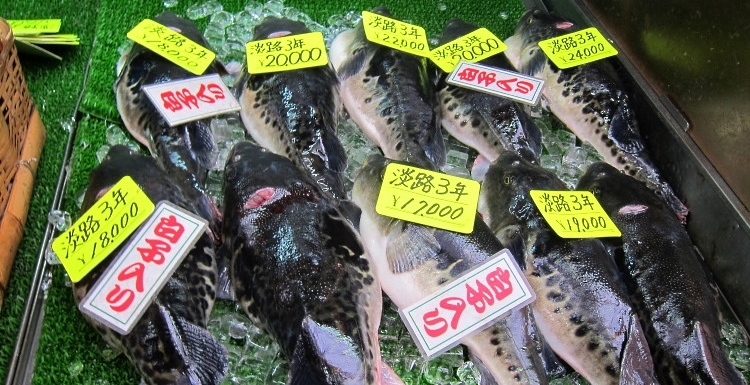
ADVERTISEMENT
ADVERTISEMENT








